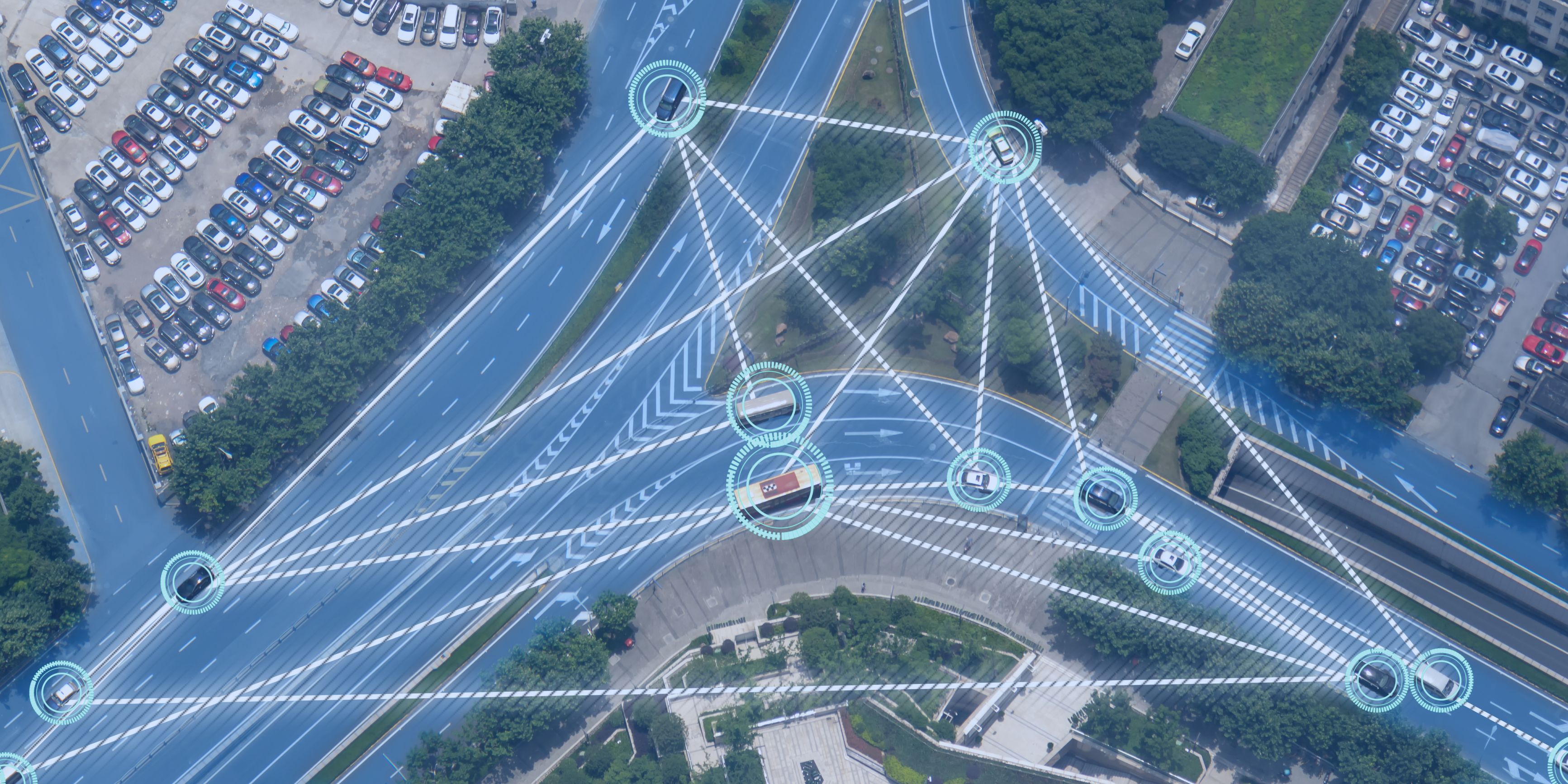AWS Public Sector Blog
Supporting our Veterans through training, workforce development, and hiring
Earlier this year, Amazon pledged to hire 100,000 veterans and military spouses by 2024. This is an increase of our previous commitment to hire 25,000 veterans and military spouses by 2021—a goal we’ve already surpassed, with about 40,000 currently working for Amazon. At AWS, we are committed to developing and hiring veterans and their spouses into roles focused on STEM. Check out the multiple programs, trainings, and resources available for veterans and spouses.
3 questions government leaders should ask when building a digital service—and how the cloud can help
While several public sector organizations launched new digital services during the pandemic, many still struggle with providing a high quality and equitable customer experience. To reduce the risk of a digital service not being received, or only being used by a limited portion of the intended population, government leaders should ask three customer experience questions before deploying new services — and consider how the cloud can help shape the answers.
Analyze terabyte-scale geospatial datasets with Dask and Jupyter on AWS
Terabytes of Earth Observation (EO) data are collected each day, quickly leading to petabyte-scale datasets. By bringing these datasets to the cloud, users can use the compute and analytics resources of the cloud to reliably scale with growing needs. In this post, we show you how to set up a Pangeo solution with Kubernetes, Dask, and Jupyter notebooks step-by-step on Amazon Web Services (AWS), to automatically scale cloud compute resources and parallelize workloads across multiple Dask worker nodes.
How MTI tracks social distancing efforts with the AWS Cloud and big data
Maryland Transportation Institute (MTI), an interdisciplinary research and education organization based out of the University of Maryland, focuses on solving complex transportation problems. When COVID-19 hit, MTI was presented with an urgent new problem: the organization was tasked with gathering, processing, and reporting daily transportation data from nearly 65% of the US population. To keep the public safe, they needed more computing power—quickly. They used the AWS Cloud.
Helping nonprofits become data driven to better deliver services with AWS DigiNPO
To help empower nonprofits to become data-driven organizations, Amazon Web Services (AWS) launched a pilot program for charities and nonprofit organizations in Canada called AWS DigiNPO. AWS DigiNPO is a program designed to raise awareness of the cloud as a tool for charities and nonprofit organizations to more effectively deliver community-centric services and identify new opportunities for innovation and growth.
How to build smart cities with FIWARE Orion Context Broker and Cygnus on AWS
Several smart cities use FIWARE, an open source framework supporting the development of smart solutions. FIWARE leverages sensing data from Internet of Things (IoT) devices, then collects, stores, and analyzes data with an API call. One FIWARE component, Orion Context Broker, gathers context information from diverse sources such as mobile apps, IoT devices, and social networking services, and manages the lifecycle of this context information, from registrations, updates, queries, and subscriptions. In this blog post, we address building Orion Context Broker on AWS. Learn how to deploy Orion Context Broker and Cygnus on AWS with AWS Cloud Development Kit (AWS CDK) and Docker Compose quickly.
AWS hosts new open dataset to help businesses identify climate finance risks and investments
Companies and asset managers looking to protect their financial investments from climate change-related risks, and invest in more sustainable solutions, can now access a new dataset on the Amazon Web Services (AWS) Cloud to help inform their decision making. Amazon announced that the Legal Entity Identifier (LEI) dataset is now available and free for anyone to access in the cloud. The dataset includes key reference information that supports clear and unique identification of legal entities participating in financial transactions, and each LEI contains information about an entity’s ownership structure, including ‘who is who’ and ‘who owns whom’.
Fighting fraud and improper payments in real-time at the scale of federal expenditures
Since 2003, the US federal government has made approximately $1.7 trillion in improper payments, with an estimated $206 billion made in FY 2020 alone. Improper payments are now anticipated to increase proportionally to new levels of federal spending. How can agencies fight improper payments at this scale? And what tools can agencies use to address fraud, erroneous data submission and other causes of this problem? Agencies can use AWS to solve the multi-sided issues of payment integrity.
AWS Global Security and Compliance Acceleration initiative now supporting UK customers
Since its launch in June of 2019, the Authority to Operate on AWS (ATO on AWS) program has supported more than 300 US-based customers to meet their regulatory, security, and compliance requirements on AWS. To extend that support globally, Amazon Web Services (AWS) launched the Global Security and Compliance Acceleration (GSCA) initiative. The GSCA is now available to support customers in the United Kingdom (UK) and the European Union (EU).
The value of document databases in the public sector: A spotlight on Amazon DocumentDB
Document databases make it simpler for developers to store and query data in a database by using the same document-model format they use in their application code. Amazon DocumentDB is a fast, scalable, highly available, and fully managed document database service that supports MongoDB workloads. This blog post details how public sector organizations are using Amazon DocumentDB, and why so many organizations are turning to this purpose-built database to address JSON intensive applications.









